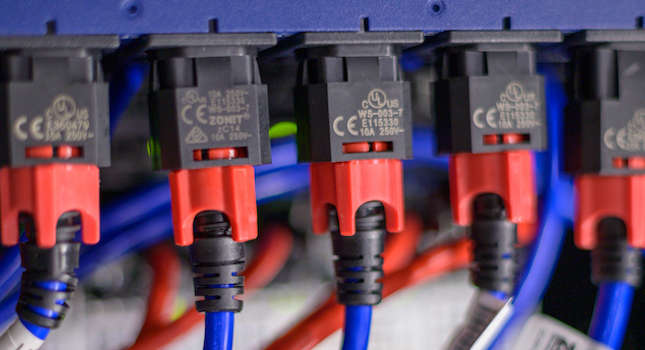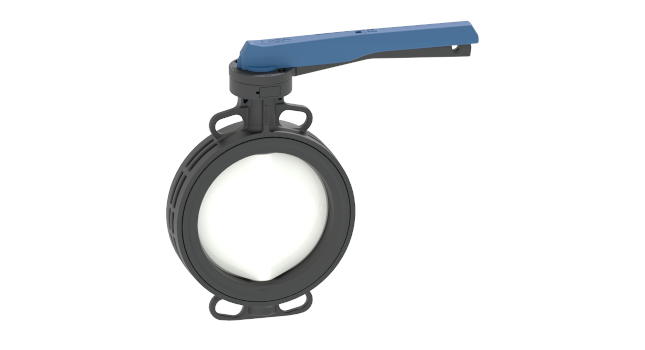Cover Story: Reasons for calibration include new instruments, repairs or modifications or scheduled care. Learn details about calibration’s impact on preventive maintenance, schedules, documentation and more.

Learning Objectives
- Instrumentation calibration may be needed at installation, modification, scheduled intervals, environmental factors and other reasons.
- Automation and controls engineers should consider preventive and predictive maintenance when considering instrumentation calibration.
- Instrumentation documentation helps ensure calibration is performed appropriately.
Manufacturing processes require hundreds of incredibly precise devices to keep operations running reliably. To keep these devices running ceaselessly and up to specifications, they require regular inspections, repairs, and calibration. Whether it’s the timing, flow, temperature, or pressure that needs to be calibrated, these products are often sent to a calibration lab, or a calibration engineer is brought into the plant to re-calibrate the asset.
Instrumentation calibration: 7 reasons
There are a variety of reasons to calibrate an asset; those often include:
- New instruments installation
- Repair or modification
- Scheduled calibration
- Ensure accuracy
- Ensure smooth functioning equipment
- Stabilize after exposure to adverse conditions
- Environmental changes (such as weather).
To minimize plant downtime, here are six things automation and control engineers need to know about calibration.
1. Preventive maintenance for instruments
For the same reasons electrical assets are checked during a preventive maintenance route, a few areas of instrumentation assets need checking because they can make the item seem to be uncalibrated. Sometimes when a product seems to be running a bit off, it’s because it needs to be cleaned or maintained. Check the fans and filters. Depending on the machine, they need to be cleaned monthly or quarterly.
Allowing these parts to collect dirt and dust can stop an asset from being able to perform within its designated specifications. So, for example, a part may still be perfectly calibrated, but the fan isn’t cooling it enough to run at peak performance.
2. Follow the calibration schedule
Calibrations are often certified for a certain amount of time, but the product’s accuracy can decline after that date. It’s important to follow the schedule the calibration lab sets up for each product.
When sending equipment to a calibration lab, send it early whenever possible. Calibration labs get busy, things can get backed up and shipping times can be unpredictable. The best way to ensure a product is calibrated and back on the line in time to stop any plant delays is to get it sent in early.
The calibration schedule usually depends on:
- Type of instrument
- How the instrument is used
- How often the instrument is used
- The environment it’s used in
- Level of accuracy needed.
3. Give instrument details, documentation
When sending in a product for calibration, or bringing a calibration engineer into a plant, provide information about the product. If it’s being calibrated because accuracy is declining or something isn’t working correctly, inform the lab of what issues are present. Include information about the decline and how long the issue has been present. Context, in addition to how the product is used, can help inform what tests are done to ensure the product’s accuracy.
It also can be helpful to inform the lab of how the test engineers use the equipment. Not every application is used as expected and sharing pertinent information with the calibration lab will ensure better services and optimal performance of the test hardware.
4. Know the instrument’s uncertainties
Product calibrations aren’t guarantees everything is perfect. A calibration lab has specific specifications to test on each product to calibrate it. That means the calibration is tested per the manufacturer’s specifications and not at each test point possible.
If the product is used at the ends of its uncertainties, then the basic manufacturer suggested calibration may not be enough. Ask for a specific calibration point based on how the product is used. That will offer high confidence the calibration is accurate for the application’s needs.
Giving the calibration engineer details and a place from which to start the test will help mitigate the uncertainties around the tests the plant is using a product for.
5. Check for instrument damage during shipping
If the product is shipped out for calibration, run a few sanity checks when it returns to ensure it wasn’t damaged during transportation from the calibration lab. Packages get dropped or treated roughly sometimes, which can interfere with calibration. It’s important to ensure everything is working accurately before using the device in the production line again.
If an issue is observed or it doesn’t seem to be properly calibrated, this provides an opportunity to speak with the lab before further problems are created.
6. Perform instrument measurement system analysis
Measurement system analysis (MSA) is a great way to figure out if there is an issue. MSA is a method of determining the variation within a measurement process. This mathematical method can be used to certify the measurements and controls being used by evaluating accuracy, precision, and stability.
Whether to ensure an instrument is calibrated when it returns from the lab, or before sending it out, recognize if an asset is properly calibrated. If an emergency happens, it offers test engineers a chance to understand what’s going on before sending to a calibration lab.
Understanding and knowing how to perform MSA creates a chance for engineers to have better control of the products, leading to better results down the line.
Jorge Mas Roman is an electrical and RF sales engineer for Fluke Calibration. Edited by Mark T. Hoske, content manager, Control Engineering, CFE Media and Technology, [email protected].
KEYWORDS: Test and measurement, instrumentation calibration
CONSIDER THIS
Does plant uptime and product quality require more attention to instrumentation calibration?



